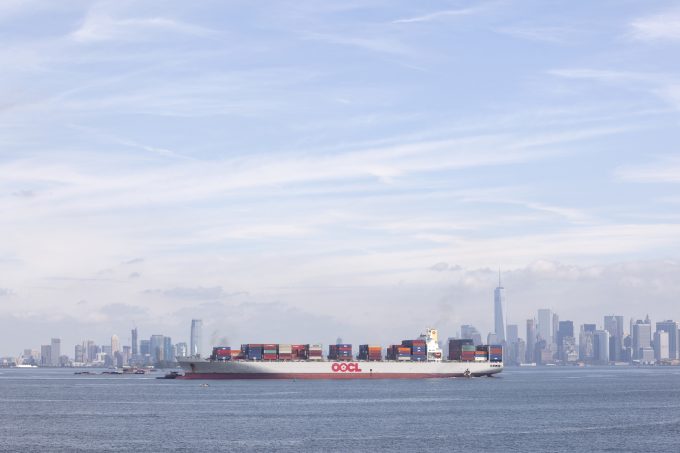No deal, so long-running Canadian port dispute forced into arbitration
The last hope for a negotiated agreement between the Canadian Maritime Employers Association (MEA) and ...

Container exports from North Europe to North America increased 5.7%, year-on-year, in the first five months of the year, but Drewry is “sceptical” that this growth can be maintained for the full year.
Data from PIERS and Container Trade Statistics (CTS) shows US imports from Europe up 4.9% in the period to 890,000 teu, while Canadian imports flatlined at some 260,000 teu, with volumes to Mexico surging by 20% to about 180,000 teu.
In the past year, UK exports to the US have been ...
Amazon pushes into LTL for small package fulfilment and UPS does a u-turn
New senior management for DSV as it readies for DB Schenker takeover
Volumes set to 'fall off a cliff' as US firms hit the brakes on sourcing and bookings
Asian exporters scramble for ships and boxes to beat 90-day tariff pause
Temporary tariff relief brings on early transpacific peak season
'Tariff madness' will prompt renegotiation of ocean shipping contracts
Forwarders 'allowing the fox into the chicken run' by supporting 'hungry' carriers
Response to tariffs by Chinese importers may see extra costs for US shippers

Comment on this article